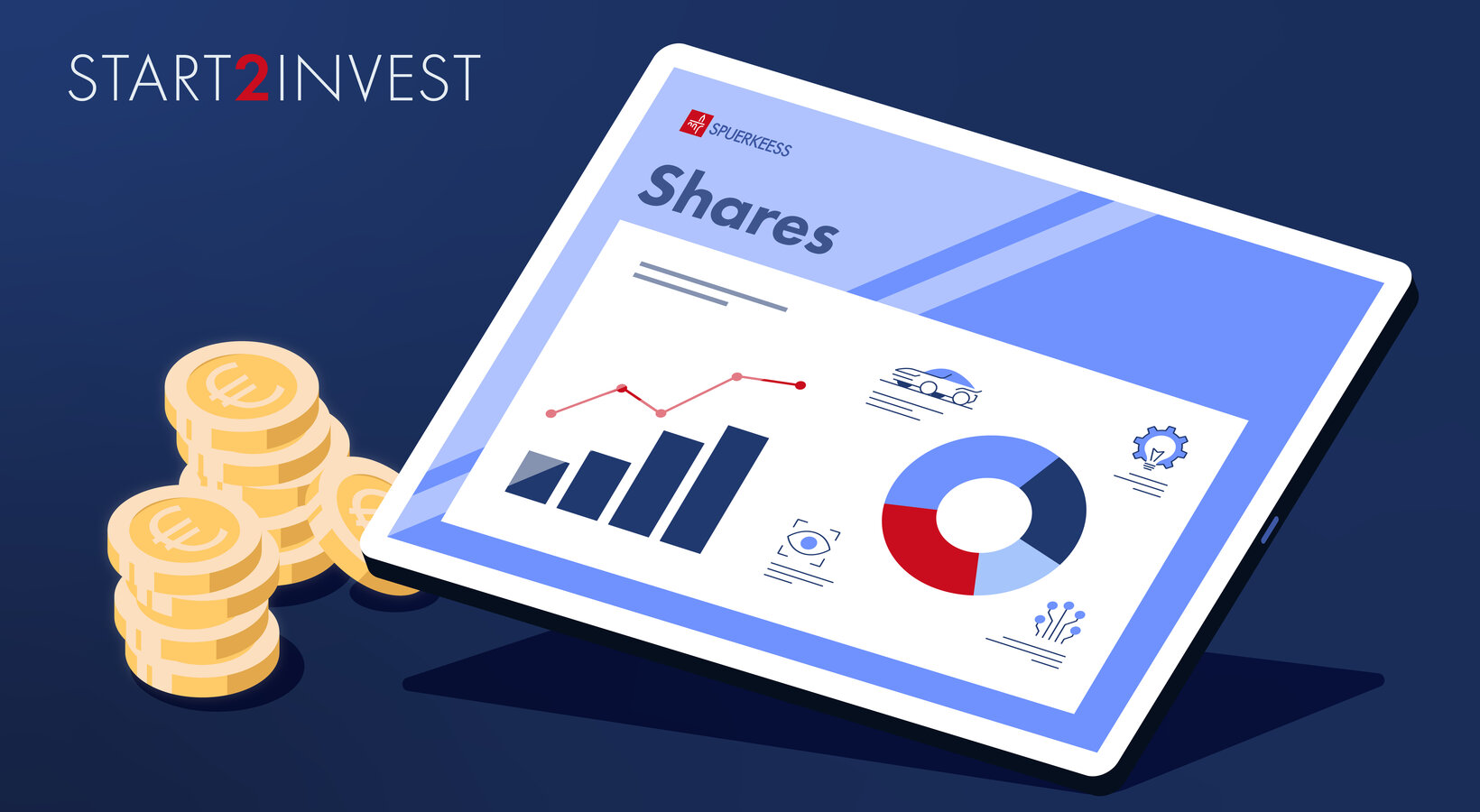Did you know?
1. When you hold shares in a company, you are, to a certain extent, an owner of the company. Of course, you only own a tiny percentage, but it’s worth knowing, don’t you think?
2. Depending on which sectors you invest in, this can vary significantly. For example, the technology sector is known as being a volatile sector, unlike the energy sector and the services sector which are, generally, relatively stable.
3. Shares may be listed on multiple stock exchanges. Yes, the world contains more than one stock exchange! That’s why it is essential that you choose the market most appropriate for you. A few stock market indices that you may have heard of are: Dow Jones, Nasdaq, S&P, Dax, etc.
4. With multiple stock exchanges worldwide come multiple currencies! You must not forget the exchange rate when considering an investment in a foreign currency.







![[Translate to English:] [Translate to English:]](/fileadmin/_processed_/8/f/csm_272__FIN__Que_faire_apres_l_unif__01_0f17e00166.jpg)
![[Translate to English:] [Translate to English:]](/fileadmin/_processed_/d/2/csm_AideFi_Diplome_88d34755dd.png)

![[Translate to English:] [Translate to English:]](/fileadmin/_processed_/8/a/csm_255__To_do_list_06466e90eb.jpg)
![[Translate to English:] [Translate to English:]](/fileadmin/_processed_/e/e/csm_255__Bourse_872882e1eb.jpg)
![[Translate to English:] Budget, well-being, Relaxed couple contemplating their finances](/fileadmin/_processed_/1/9/csm_311__FIN__Mon_budget_mon_bien-etre__1__d02469e82e.jpg)
![[Translate to English:] [Translate to English:]](/fileadmin/_processed_/e/5/csm_parlons-argent-aux-enfants-289_95d8bb506a.jpg)
![[Translate to English:] [Translate to English:]](/fileadmin/_processed_/9/a/csm_290__Debit-_und_Kreditkarten__Mise_a_jour_N__85___1__19505e816a.jpg)
